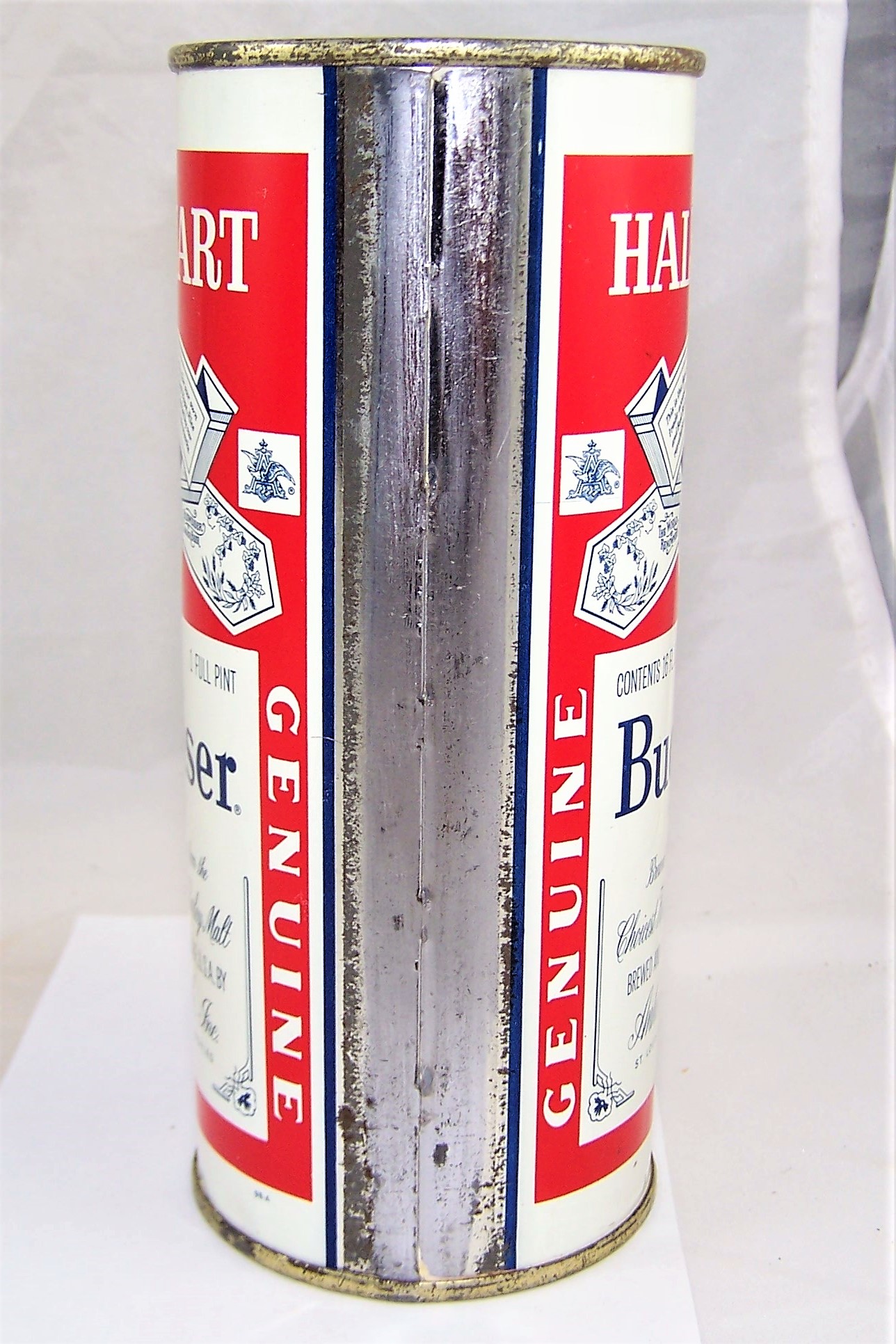
Oil needs to be refined into gasoline before it can be used by consumers, which is why refining costs are factored into the price of gas. Today, OPEC countries are responsible for about 60% of internationally traded petroleum. OPEC sets production targets for its 13 member countries, and historically, oil prices have been linked to changes in OPEC production.

gas prices are largely influenced by the global crude oil market.Ī number of geopolitical factors can influence the crude oil market, but one of the biggest influences is the Organization of the Petroleum Exporting Countries ( OPEC), led by Saudi Arabia.Įstablished in 1960, OPEC was created to combat U.S. Because of America’s reliance on imports, U.S. remains a net importer of crude oil, with the majority coming from Canada, Mexico, and Saudi Arabia. The most influential factor is the cost of crude oil, which is largely dictated by international supply and demand.ĭespite being the world’s largest oil producer, the U.S. Meanwhile, the rest of the price at the pump is split fairly equally between refining costs, marketing and distribution, and taxes. More than half the cost of filling your tank is influenced by the price of crude oil. Distribution, and marketing costs (16%).The Four Main FactorsĪccording to the EIA, there are four main factors that influence the price of gas: Energy Information Administration ( EIA), outlines the main components that influence gasoline prices, providing each factor’s proportional impact on price. The national average now sits at $5.00 per gallon, and by the end of summer, this figure could grow to $6 per gallon, according to estimates by JPMorgan.īut before we can have an understanding of what’s happening at the pump, it’s important to first know what key factors influence gasoline prices.
BUDWEISER CALIFORNIA BREWERIES FREE
Sign up to the free mailing list to get beautiful visualizations on natural resource megatrends in your email every week.Īcross the United States, the cost of gas has been a hot topic of conversation lately, as prices reach record-breaking highs. How will you try to play the coming infrastructure boom?


In addition, infrastructure is often protected from inflation, while providing a high yield and stable cash flows. However, it does come with some major benefits – in fact, JP Morgan Asset Management says that infrastructure investments tend to have low correlation with other asset classes, helping portfolio diversification. Infrastructure is decidedly unsexy for investors. The situation is grim – and the organization says that the country needs to spend an extra $2.1 trillion by 2025 to avoid making the situation worse. Here is how things break down, by specific type of infrastructure: Infrastructure Type If streets, highways, rail, subways, airports, and bridges are all crumbling, the economy could eventually follow suit.Īccording to the latest report card by the American Society of Civil Engineers (ASCE), infrastructure in America barely gets a passing grade with a mark of D+. However, perpetually kicking the can down the road eventually leads to a situation that works in nobody’s favor. It’s not always easy to see short-term ROI in replacing aging infrastructure, especially when there are many other pressing challenges for society to tackle. Even worse, such projects usually go over budget, ultimately costing millions or even billions in taxpayer dollars.Īt the end of the day, you have a new and improved bridge – but was it really worth all the hassle? Rebuilding America It’s hard for most stakeholders to get excited about replacing an aging bridge.Ĭhaotic construction can disrupt the flow of traffic for many years, while annoying many of the local residents.


 0 kommentar(er)
0 kommentar(er)
